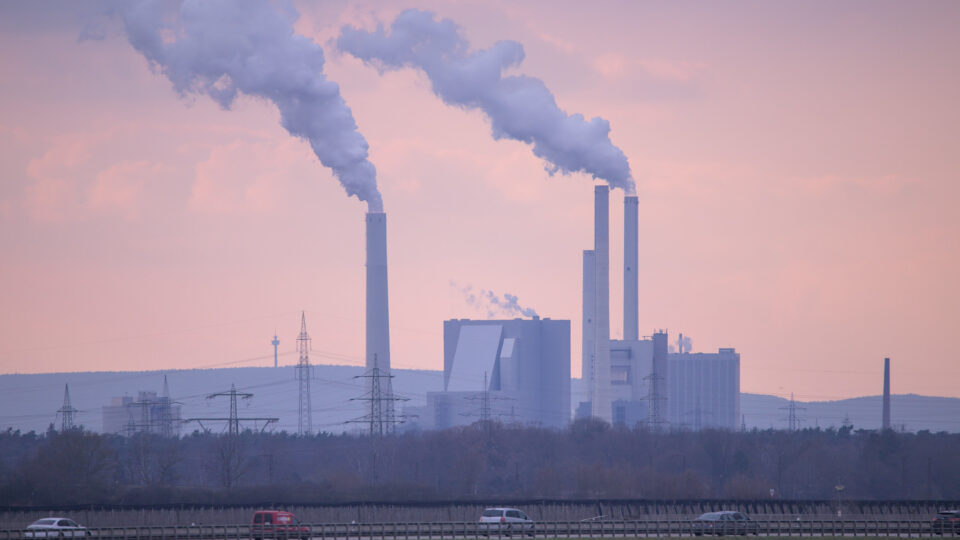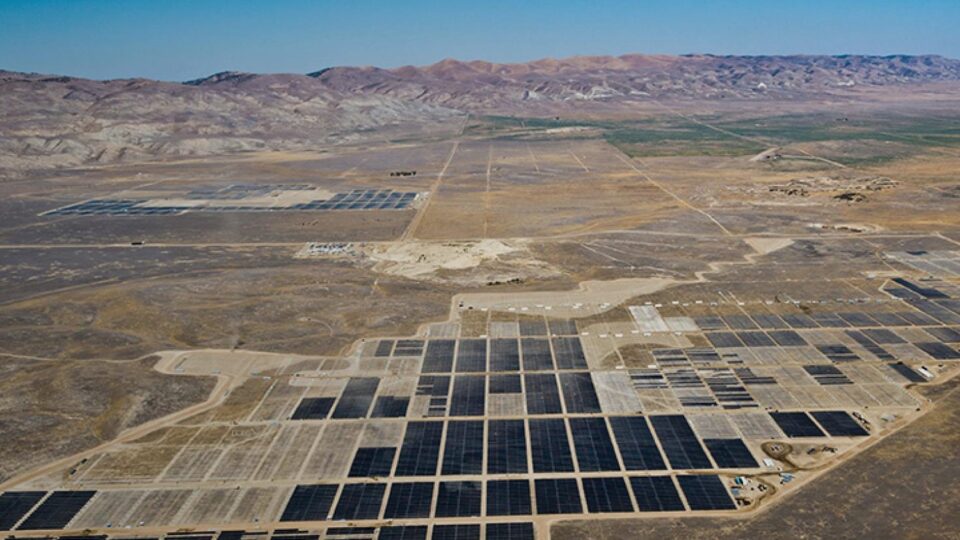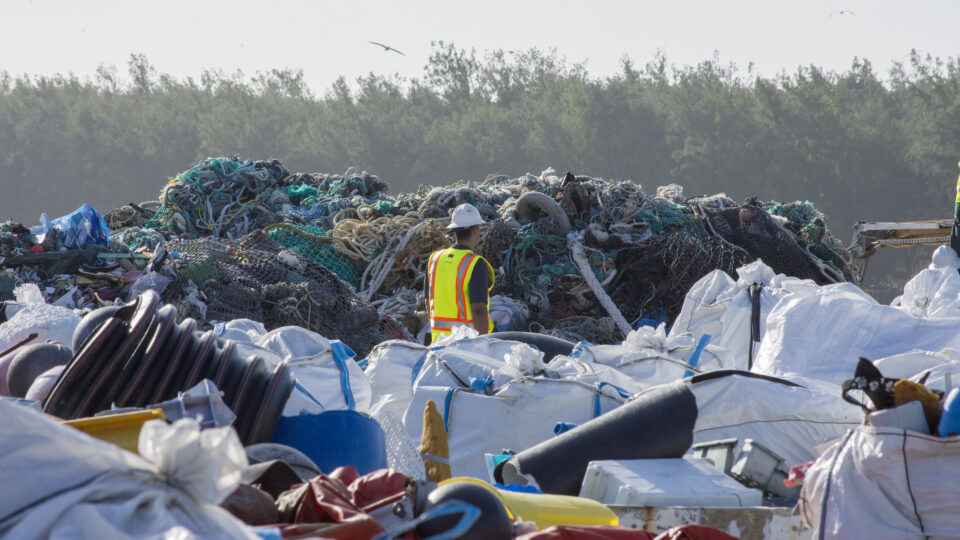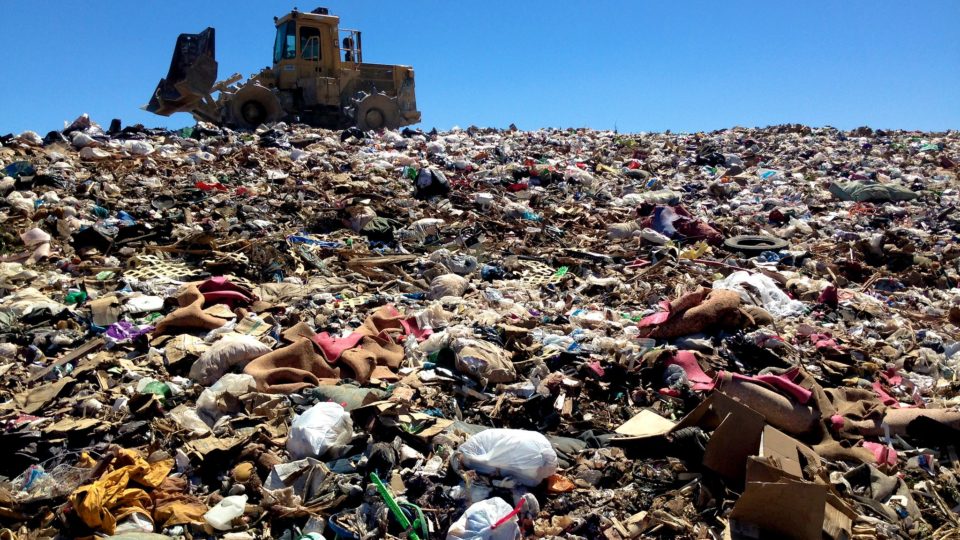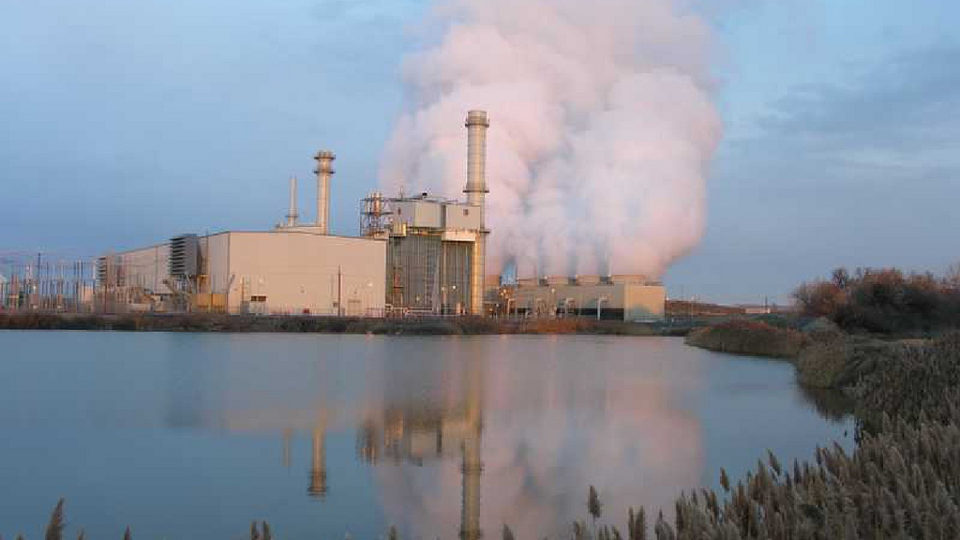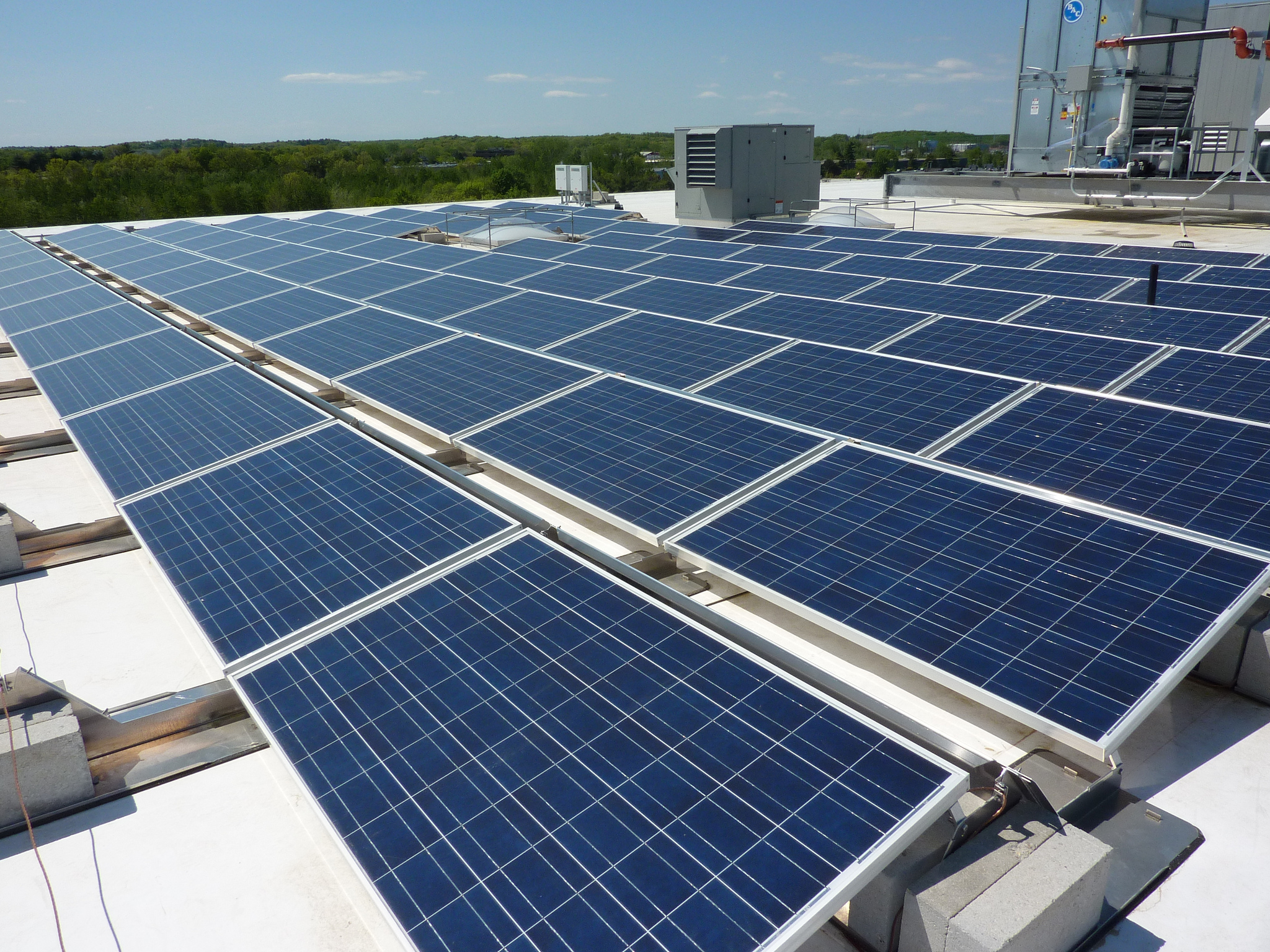For the past 10 years, there have been several occurrences of a vast expanse of ocean stretching from Alaska to California in which water temperatures are as much as 7 degrees Fahrenheit warmer than normal. Known jocularly as “the Blob,” the phenomenon can last for several years and decimates fish stocks, starves seabirds, creates blooms of toxic algae, prevents salmon from returning to rivers, and displaces sea lions and whales.
Until recently, there was no accepted explanation for this abrupt ocean heating. Climate change, even combined with natural cycles like El Niños, is not enough to account for it.
In depth analysis by an international team of researchers has found that the extraordinary heating is the result of a dramatic cleanup of Chinese air pollution. The decline of smog particles, which to some extent shield the planet from the sun’s rays, has accelerated warming and set off a chain of atmospheric events across the Pacific, essentially cooking the ocean.
This is an example of what can be called the pollution paradox in which global warming is actually increased when air pollution is reduced. Reduced air pollution on the US West Coast has even been identified as a factor contributing to increased wildfires. However, air pollution causes more than 4 million premature deaths from cancers and respiratory and cardiovascular diseases each year.
Nobody thinks that we should stop cleaning up the air to slow down global warming. The only viable solution is to reduce greenhouse gas emissions as rapidly as possible.
**********
Web Links
Pollution Paradox: How Cleaning Up Smog Drives Ocean Warming
Photo, posted December 18, 2017, courtesy of SGUP via Flickr.
Earth Wise is a production of WAMC Northeast Public Radio




